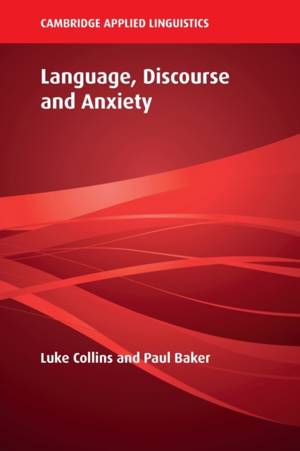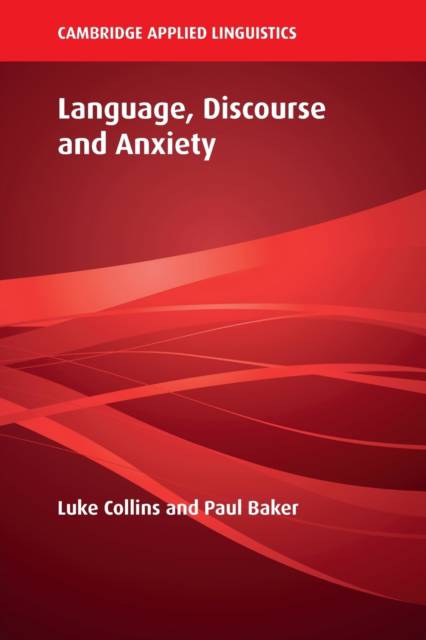
- Afhalen na 1 uur in een winkel met voorraad
- Gratis thuislevering in België vanaf € 30
- Ruim aanbod met 7 miljoen producten
- Afhalen na 1 uur in een winkel met voorraad
- Gratis thuislevering in België vanaf € 30
- Ruim aanbod met 7 miljoen producten
Zoeken
Omschrijving
Why is language so important to the ways that we make sense of anxiety? This book uses corpus assisted discourse analysis to examine twenty-three million words of text posted to a forum for people with anxiety. It shows how linguistic techniques like catastrophisation and anthropomorphisation can result in very different conceptualisations of anxiety, as well as how aspects of identity like age, sex and cultural background can impact on understandings of anxiety and how it ought to be managed. It tracks the changing identities of posters, from their first posts to their last, and incorporates a range of corpus-based techniques to examine the language data, enabling consideration of interaction between participants and features associated with online forms of communication like emoji. It ultimately provides a step towards a better understanding of different responses to anxiety and aims to promote further engagement with this topic in the field of applied linguistics.
Specificaties
Betrokkenen
- Auteur(s):
- Uitgeverij:
Inhoud
- Aantal bladzijden:
- 264
- Taal:
- Engels
- Reeks:
Eigenschappen
- Productcode (EAN):
- 9781009250122
- Verschijningsdatum:
- 22/06/2023
- Uitvoering:
- Paperback
- Formaat:
- Trade paperback (VS)
- Afmetingen:
- 152 mm x 229 mm
- Gewicht:
- 371 g

Alleen bij Standaard Boekhandel
+ 100 punten op je klantenkaart van Standaard Boekhandel
Beoordelingen
We publiceren alleen reviews die voldoen aan de voorwaarden voor reviews. Bekijk onze voorwaarden voor reviews.











